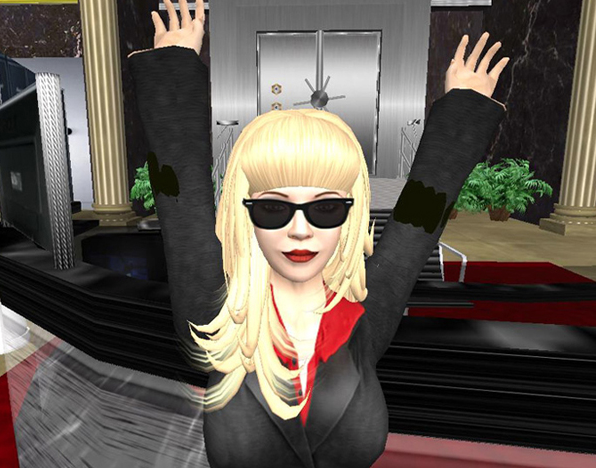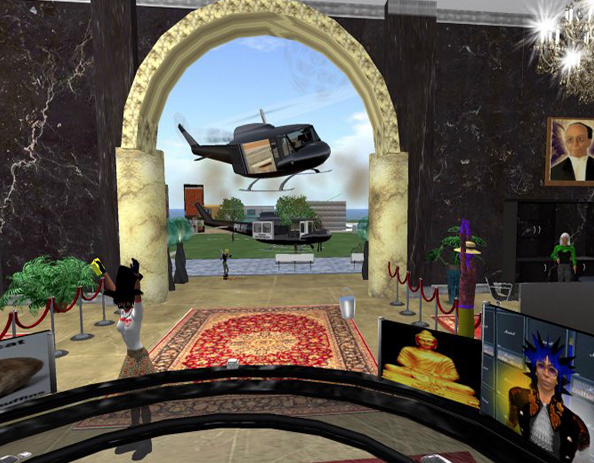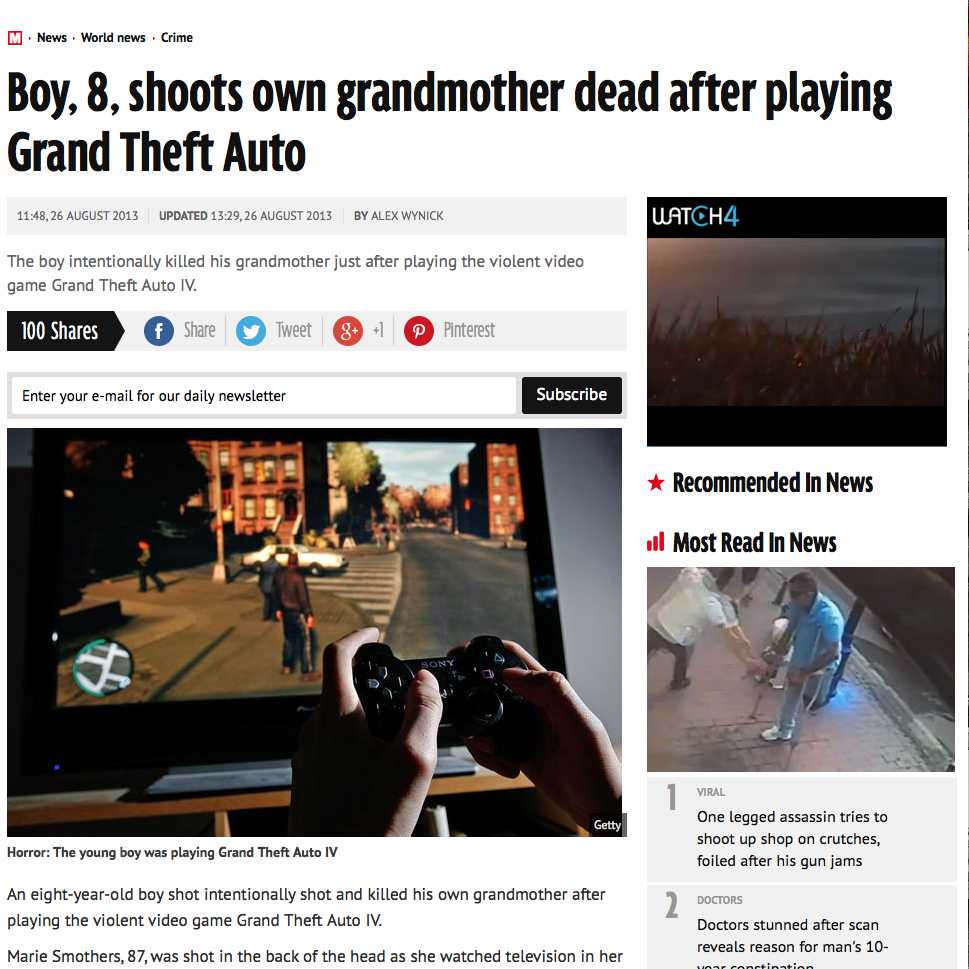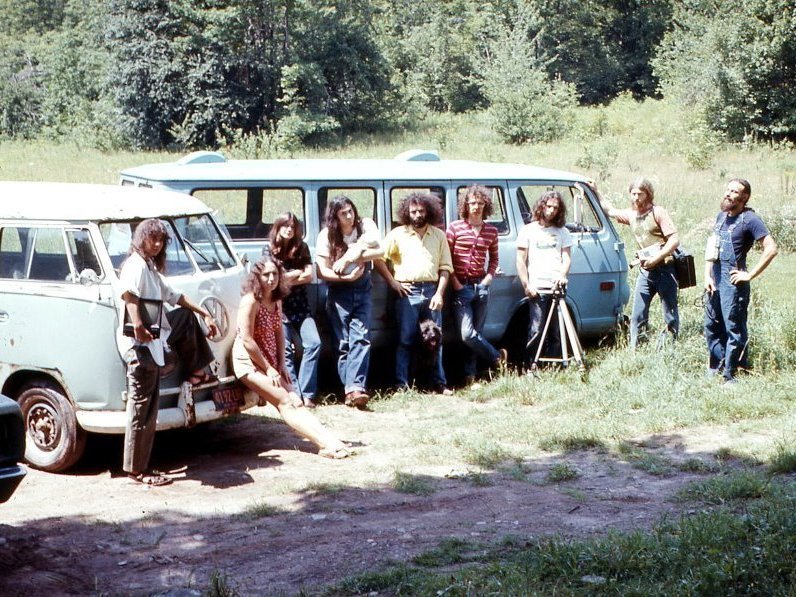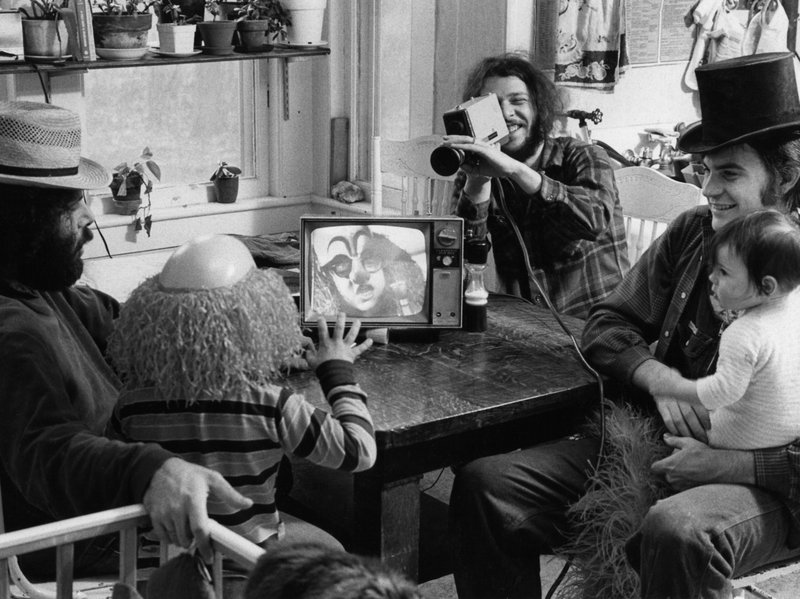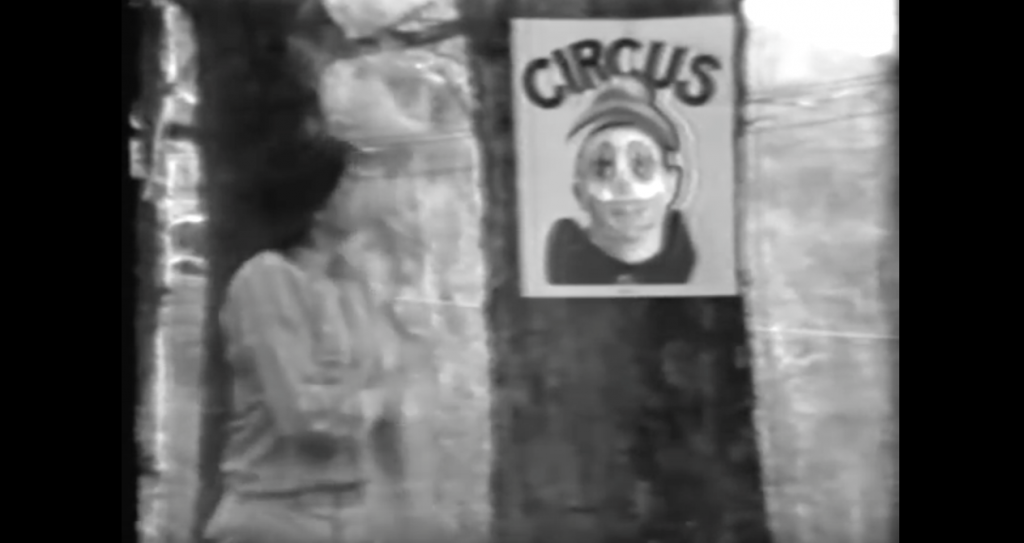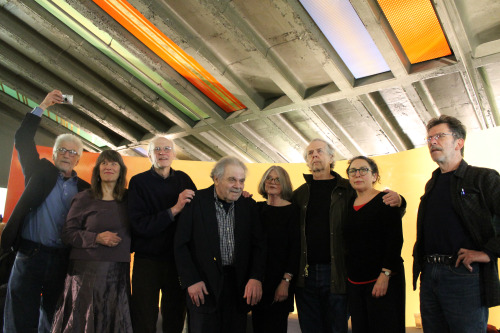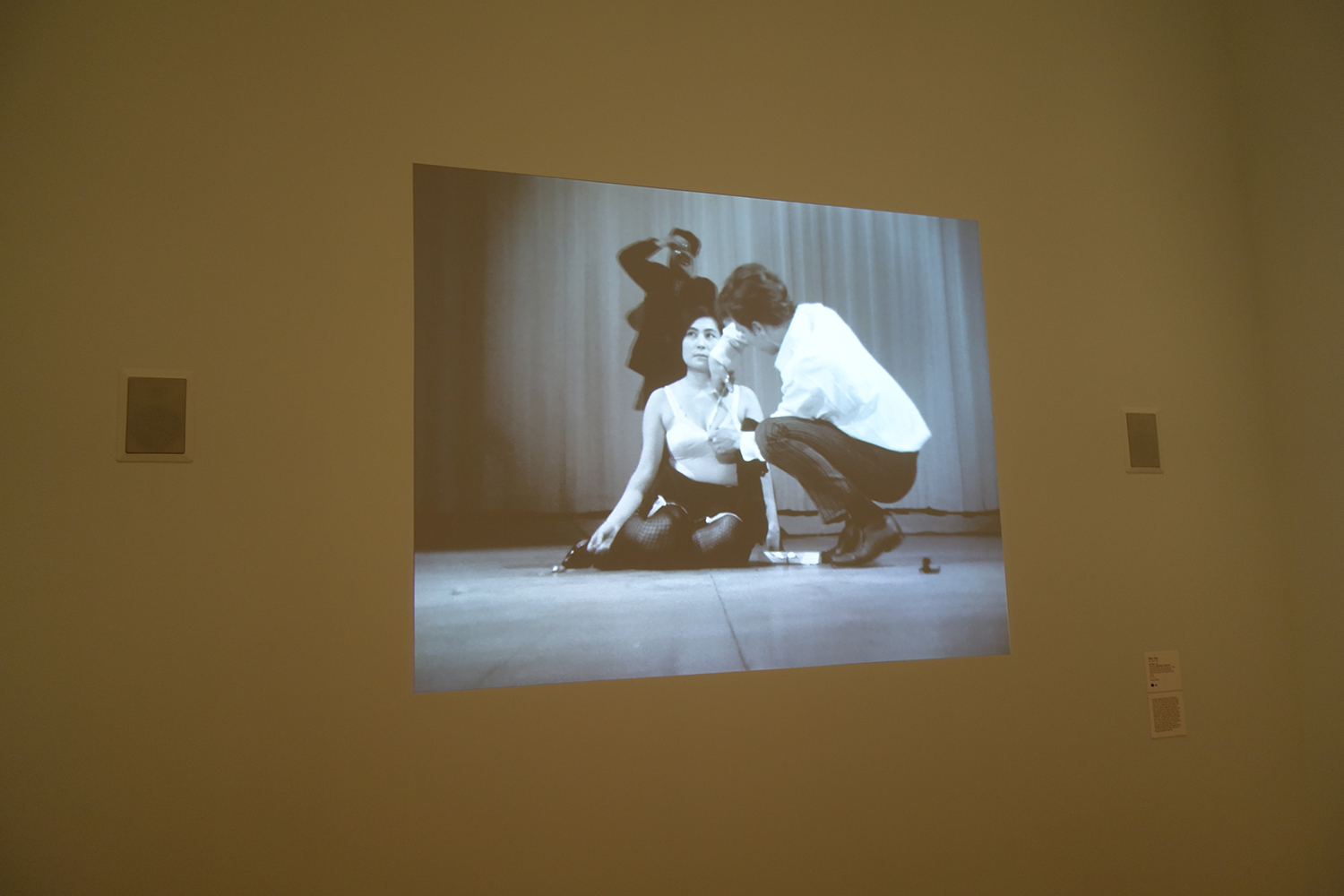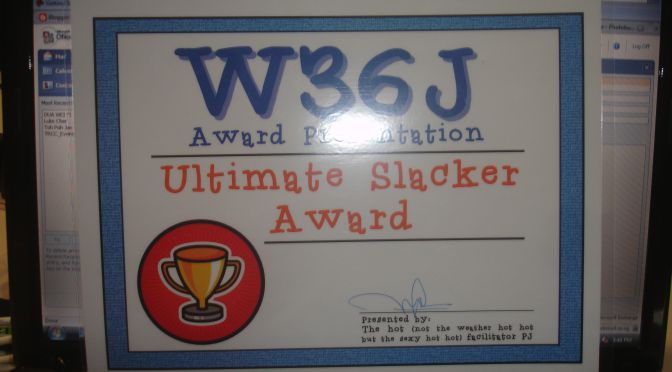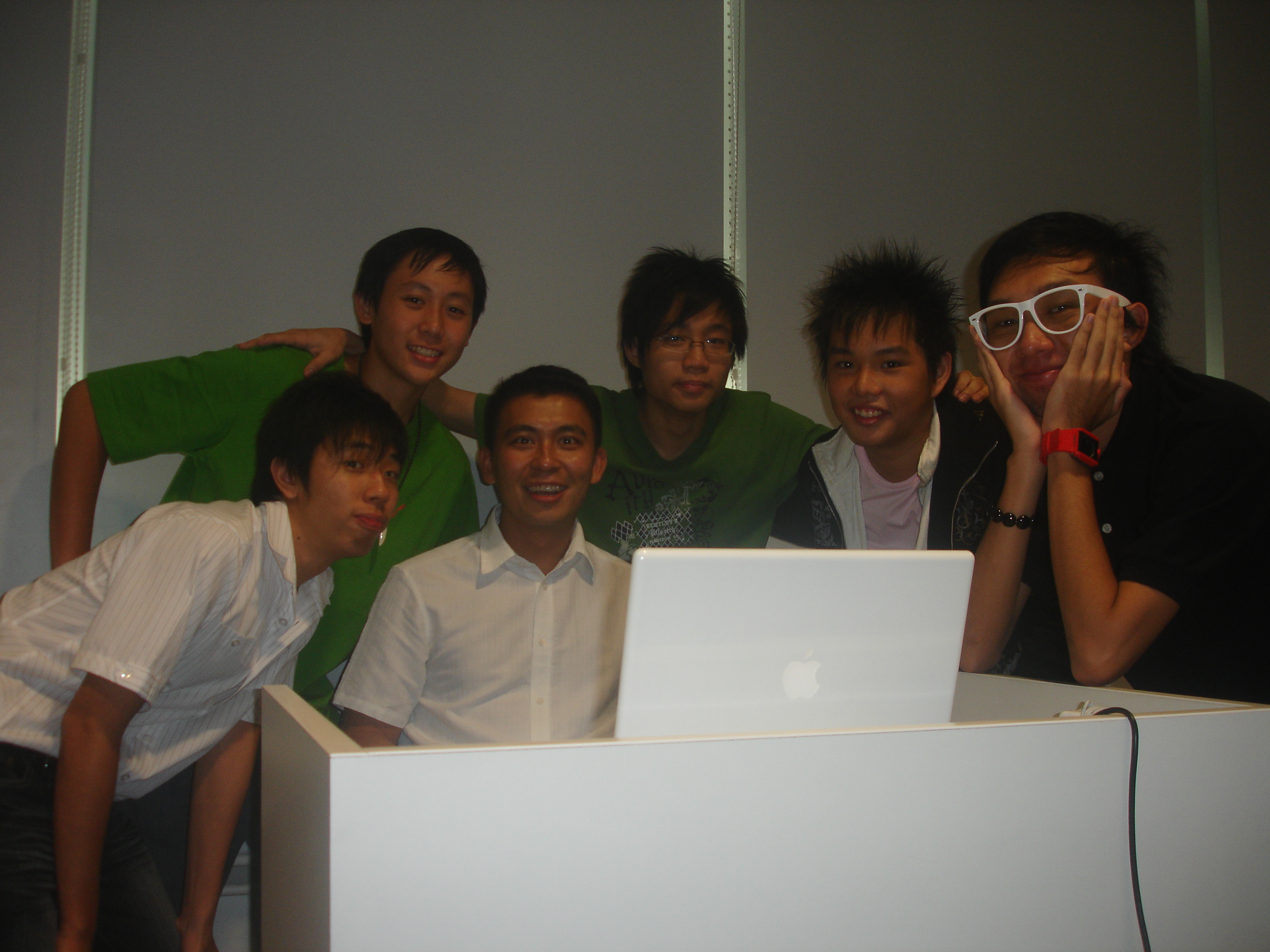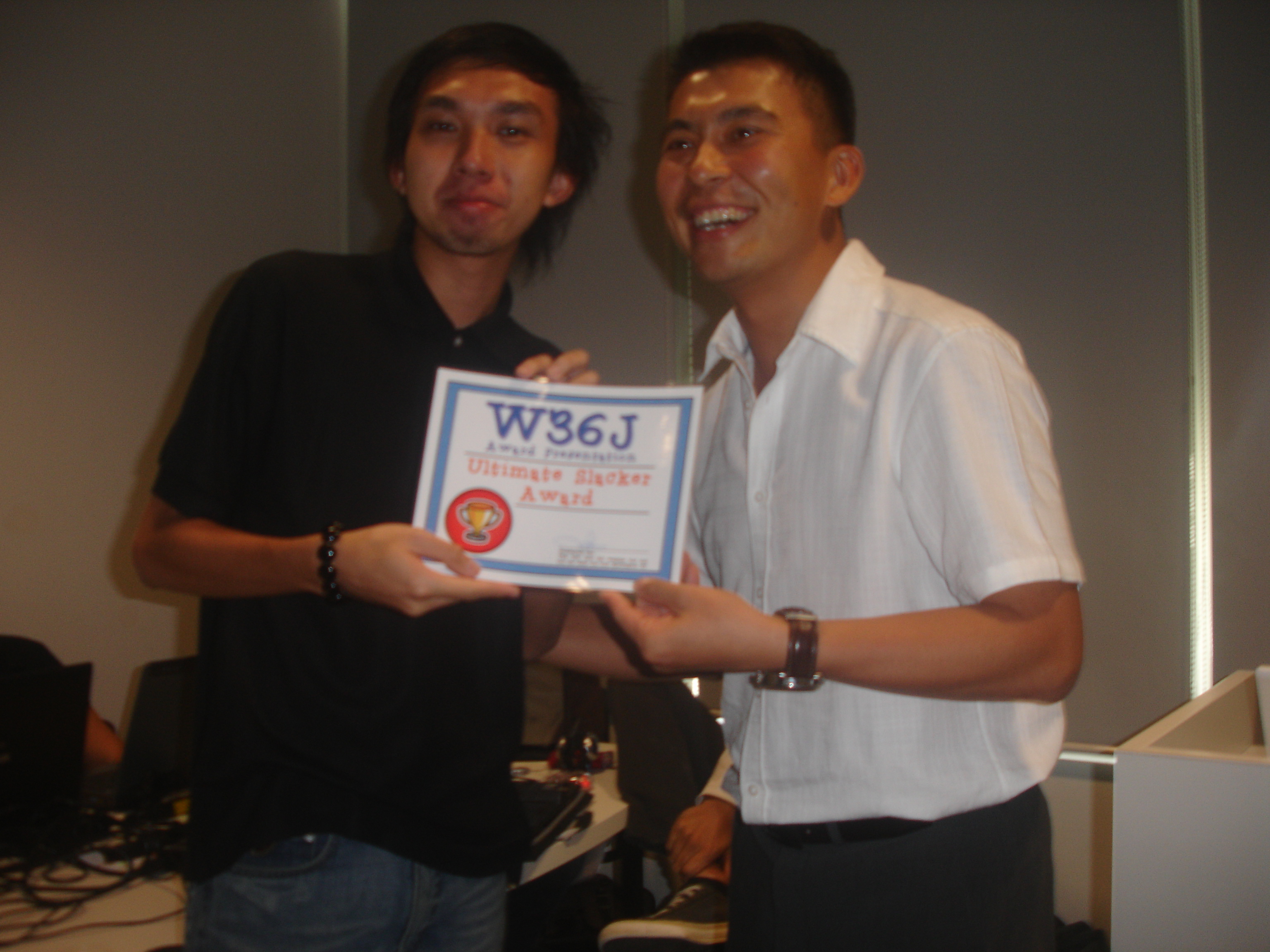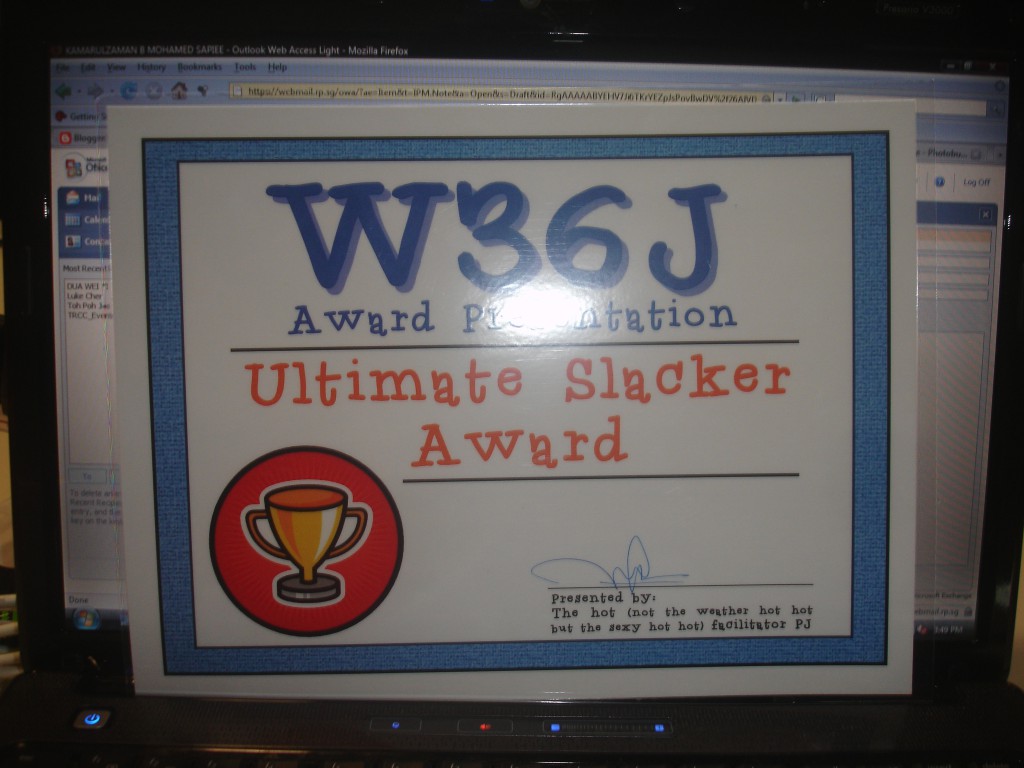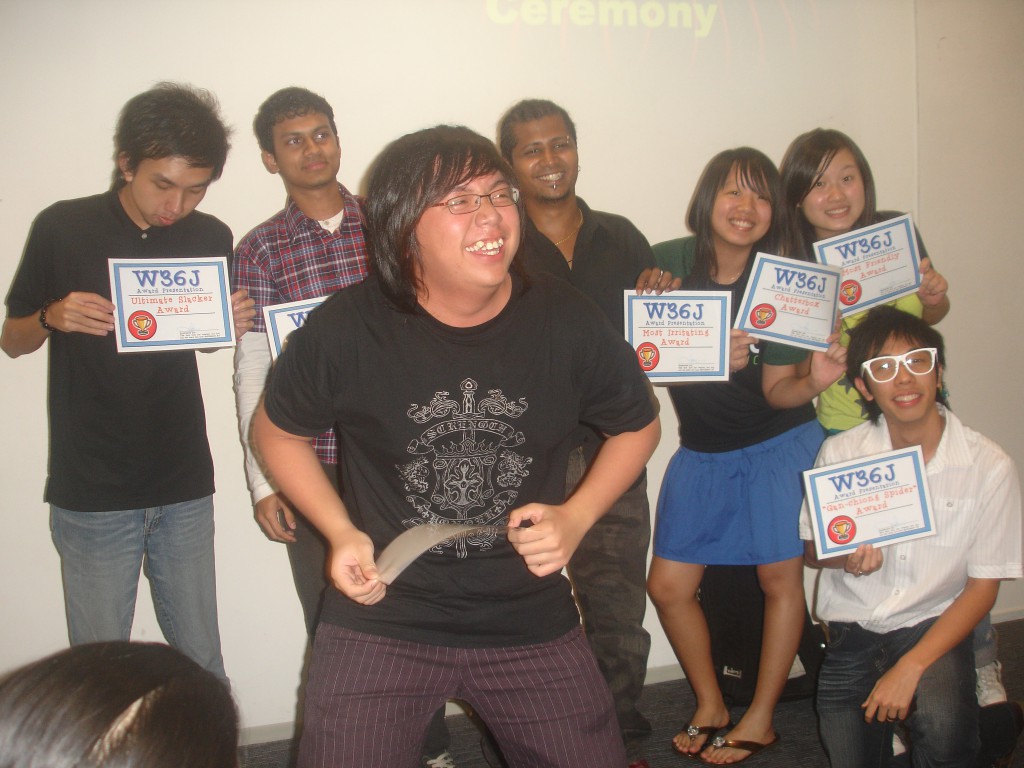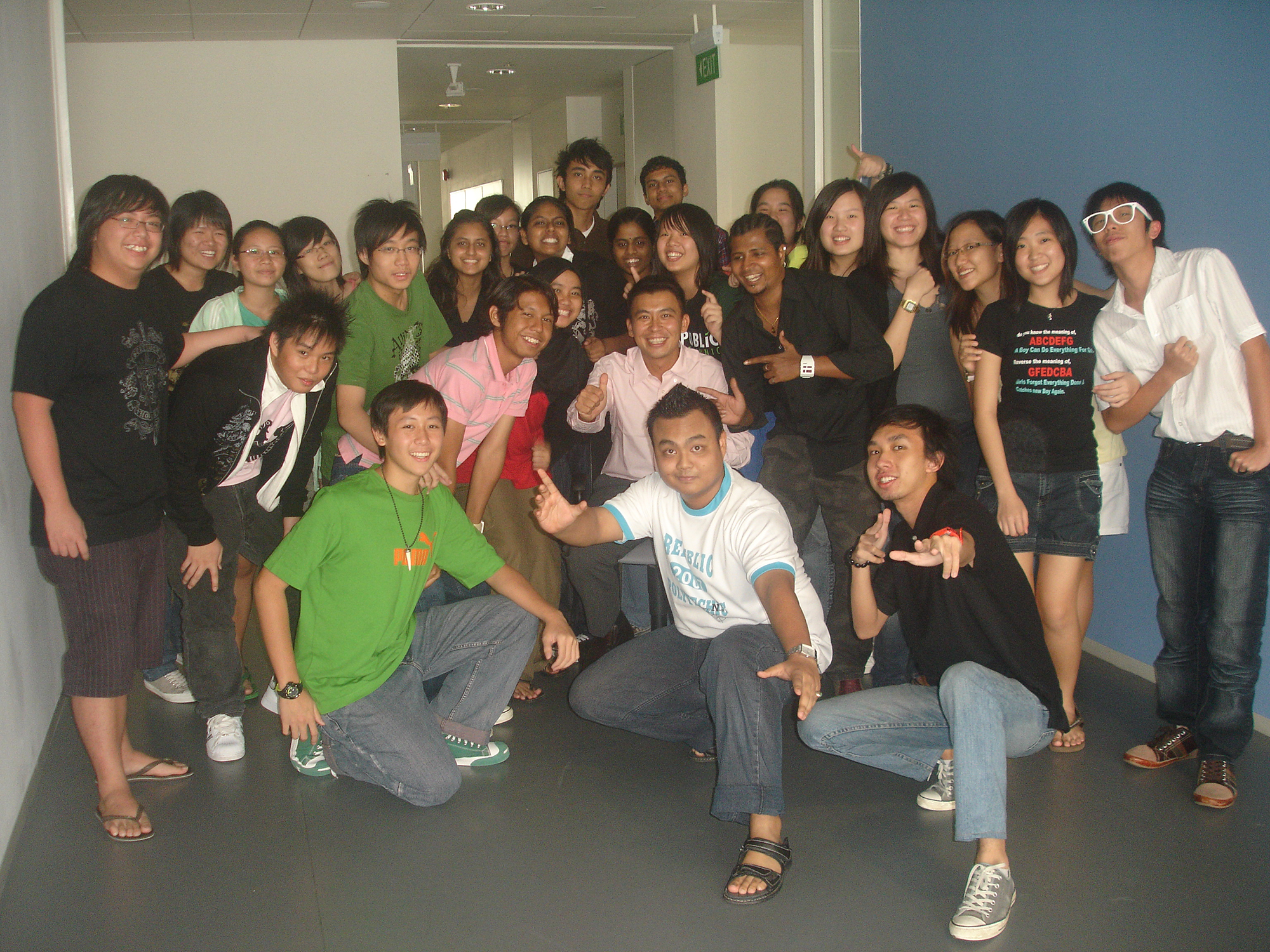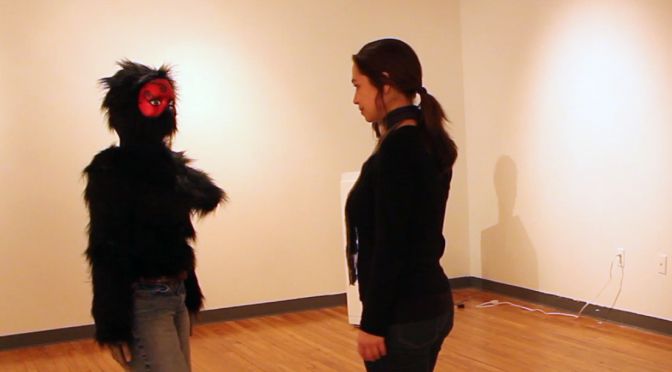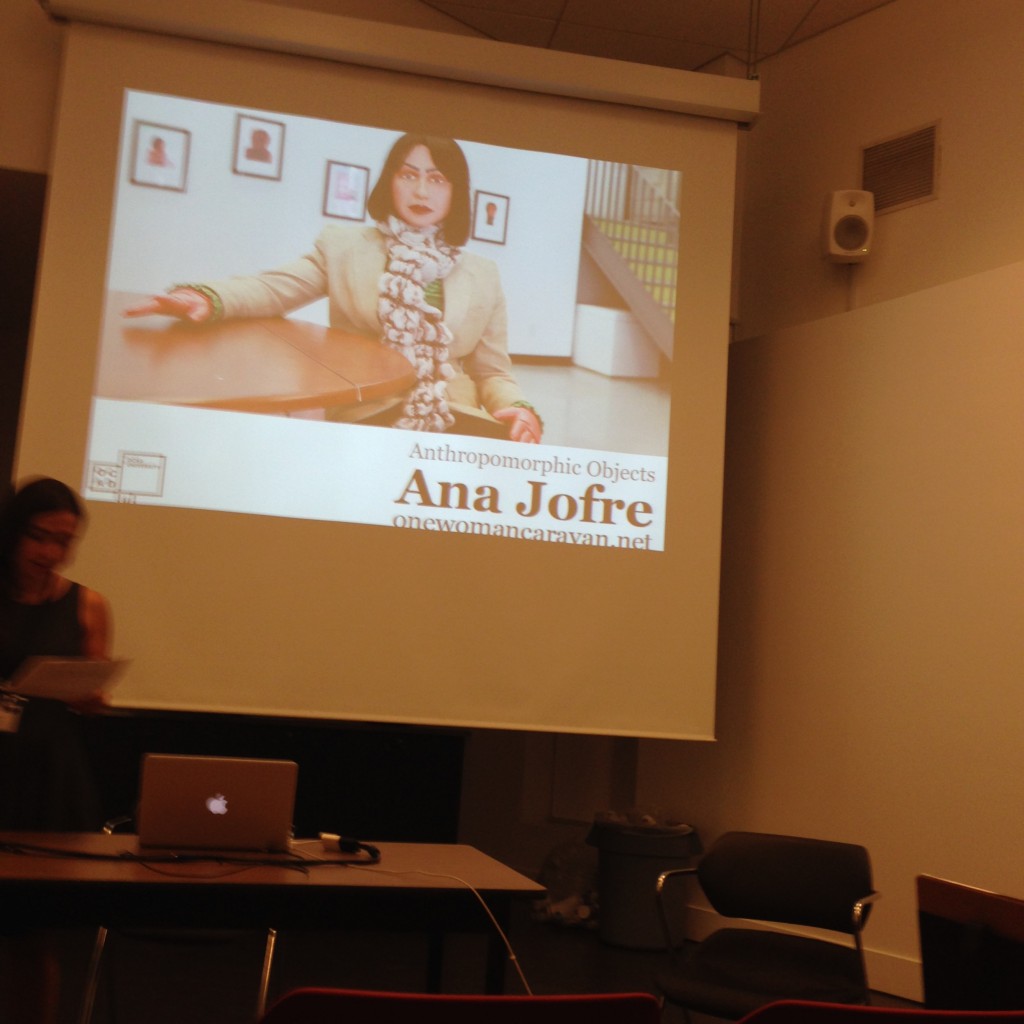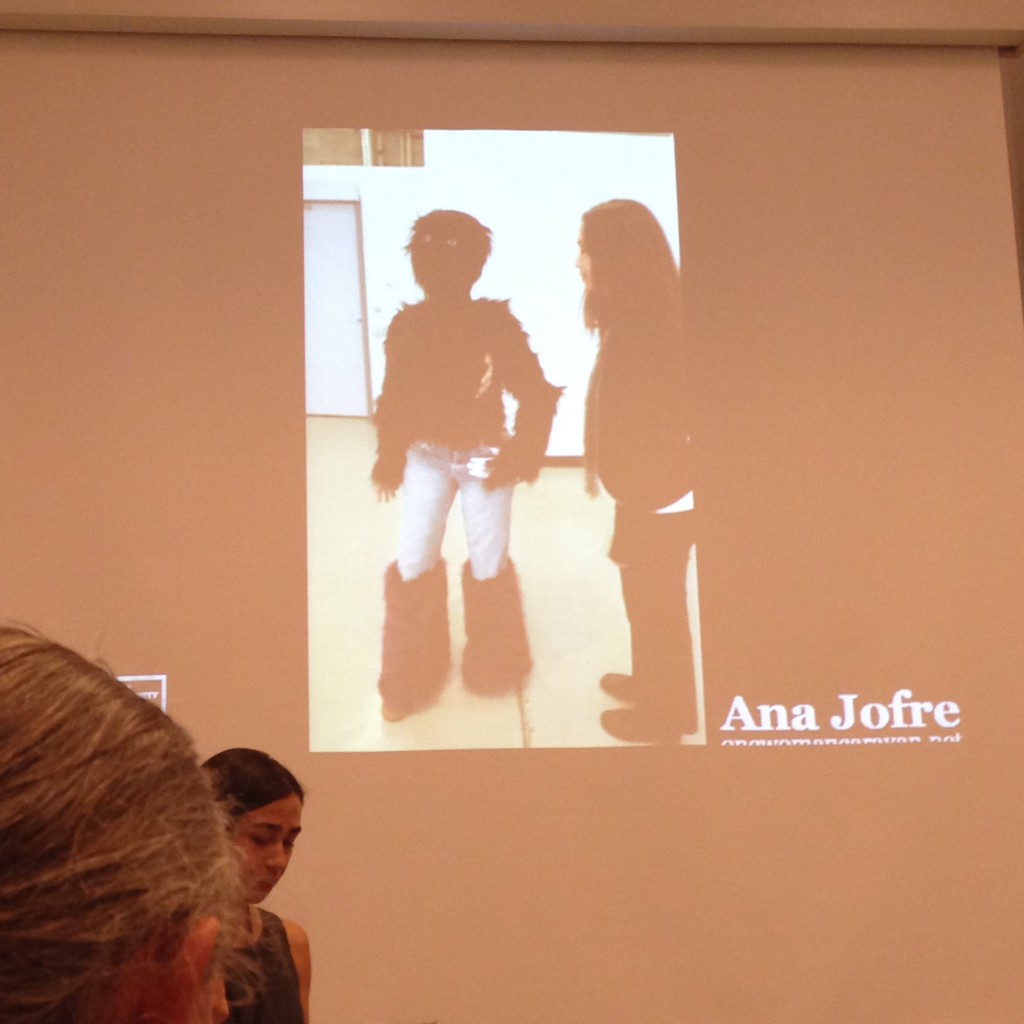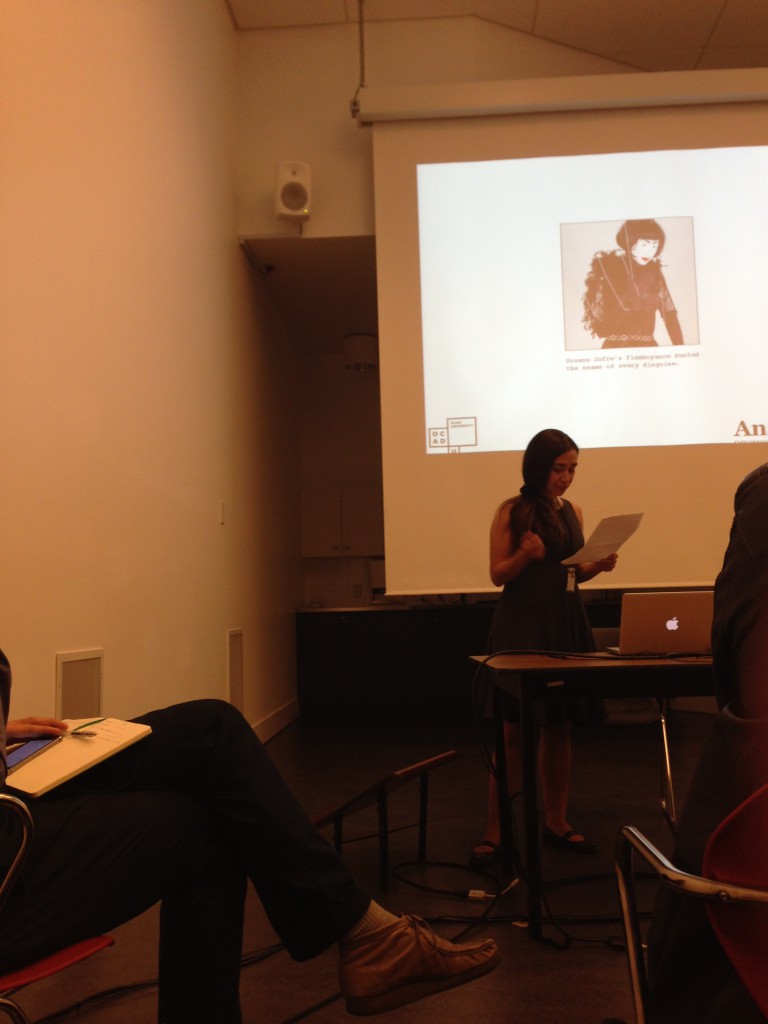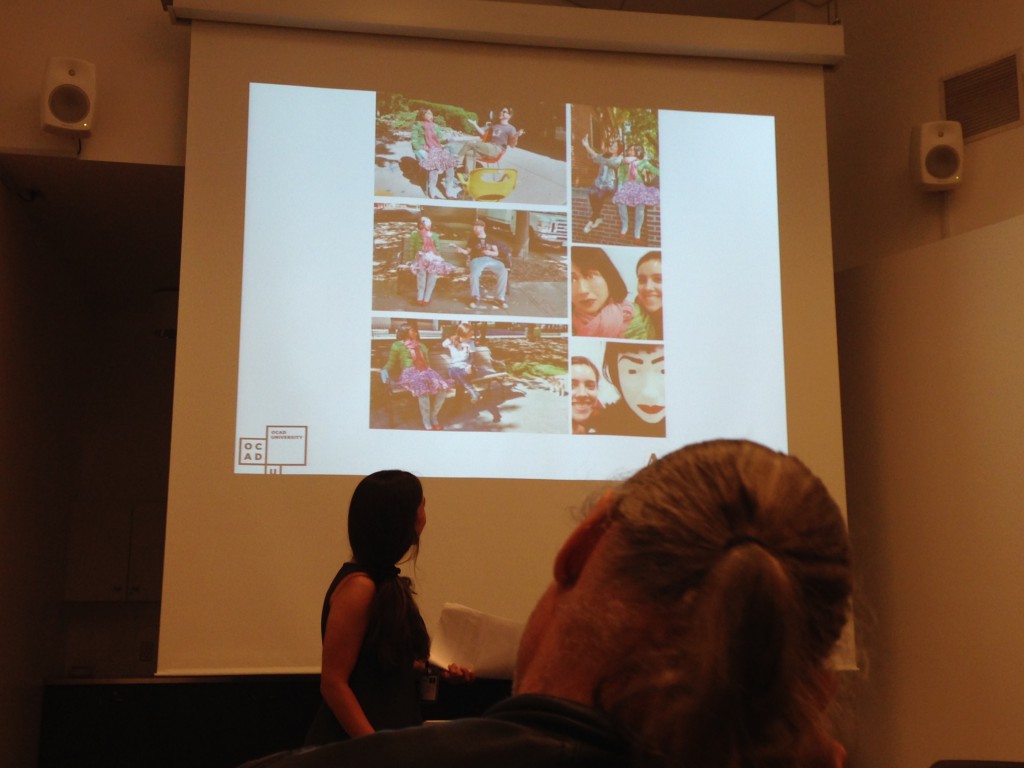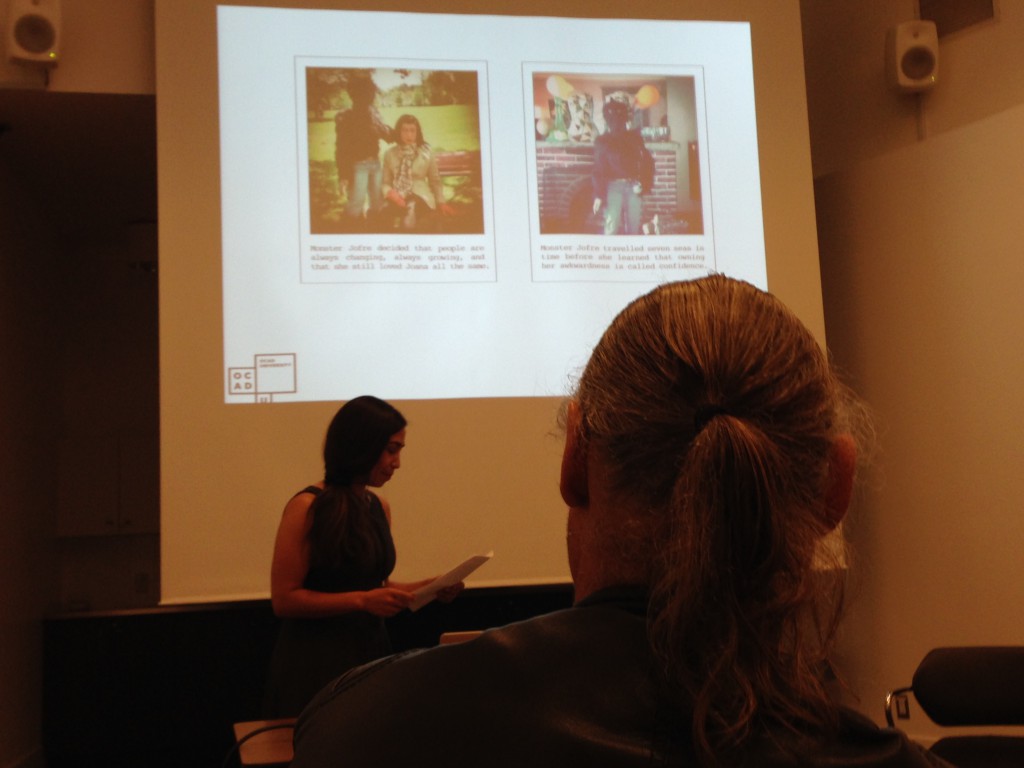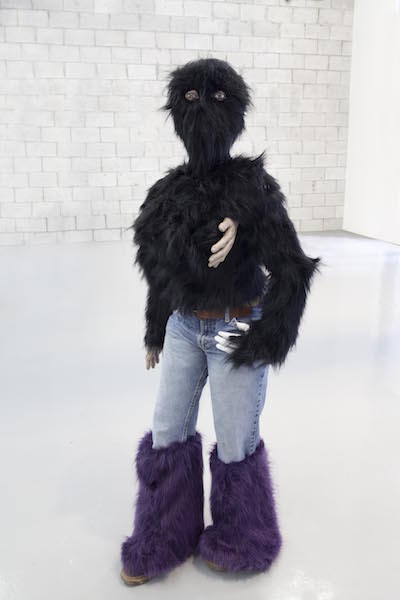https://vimeo.com/79649162
In Grand Theft Avatar, there was a heist in the local bank, a group of professional robbers came charging into the bank with heavy guns. They exchange bullets with the security and after a very heavy fight, the robbers managed to get into the vault and escape with the money on a chopper. They liberate the money by throwing out helicopter, as if the money belongs to the people, which actually belongs to the people.
All this is happening, inside a game. Second Life.
Second Front is a group of artists who collaborate in the virtual world of Second Life, creating digital performances influenced by the Theatre of the Absurd movement. Performing digitally, they have presented their work in Second Life. Basically, doing silly things.
Grand Theft Avatar took place in San Francisco Art Institute as part of the “From Cinema to Machinima” panel and they performed a Grand Theft Auto skit to display an example of their work. The members of the group changed the appearance of their avatars and assumed the virtual identities of the members of the ‘From Cinema to Machinima’ panel.
On my first time viewing the video of Grand Theft Avatar, I didn’t quite get it but after watching it about 3 to 4 times, I finally got the idea and I totally enjoyed it. I was amazed by the coordination of each player to come up with something so well planned like this. This was done together in one location, imagine all 7 players in their own country coming together to create a piece, i am sure that will be more hard to execute!
I feel that doing this in a third space like Second Life, this project is more accessibly to be done if compare to doing it in a real life sketch. I imagine if this was done in person, it would take much logistics and manpower to come up with something similar, plus, we would need many different camera angles to record it. Doing it online with the help of technology, everything is possible.
As much as the storyline/plot is interesting and playing with the satire of Grand Theft Auto, I believe that’s not their main objective. The goal is to create a world where everything is possible and having new life inside a new world and creating one own’s narrative.
It is the all-at-once concept of the abstract expressionists, in which everything is everywhere and the canvas became a total field of possibilities.
-Randall Packer, The Third Space
I totally agree with this statement by Professor Randall. Second Life is paintbrush, the virtual world is the canvas and everything is possible. The fact that one can create a whole new life in the third space actually emphasise the point of a third space. But how far the line is being blur from the real space and the virtual space might be an issue which is very interesting as mention as well in the readings of The Third Space. There are many news regarding how a game addict who go on a killing spree after playing a violent game like Grand Theft Auto. That is where I believe the player have confuse the real space and the virtual space. This is one such incident.
Grand Theft Avatar not only critique the recent events that took place in regards of how games could affect one’s action in real life, they also remind us that justice always prevail(like throwing out the money of the helicopter). Turning the virtual space into a medium of expression call art, it is actually thought provoking to the people. The third space is a medium and the internet is the exhibition space, and we are the curator, curating every content that we surf everyday.


